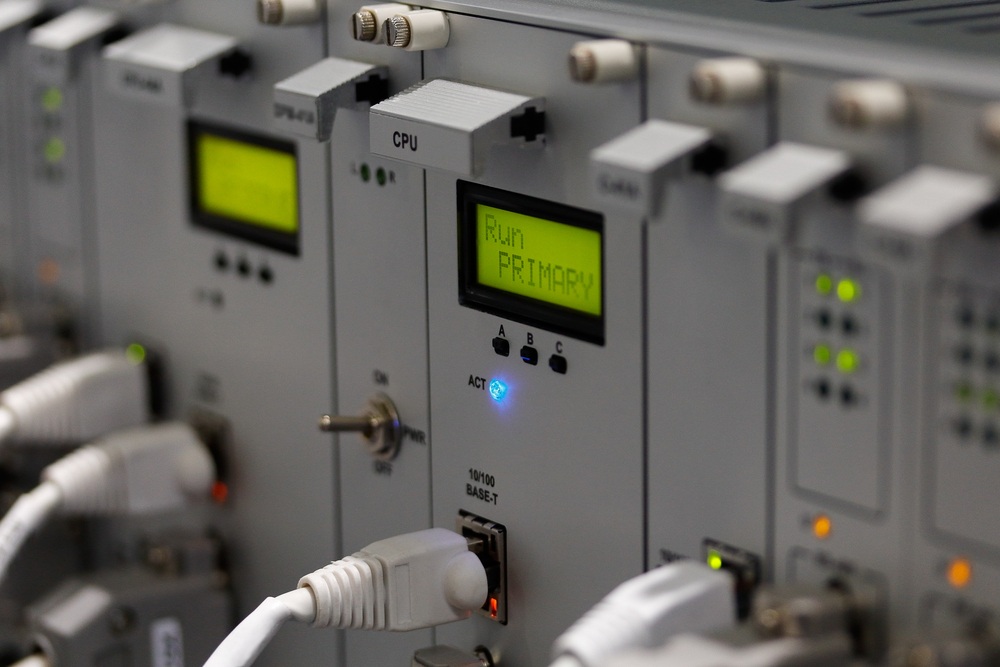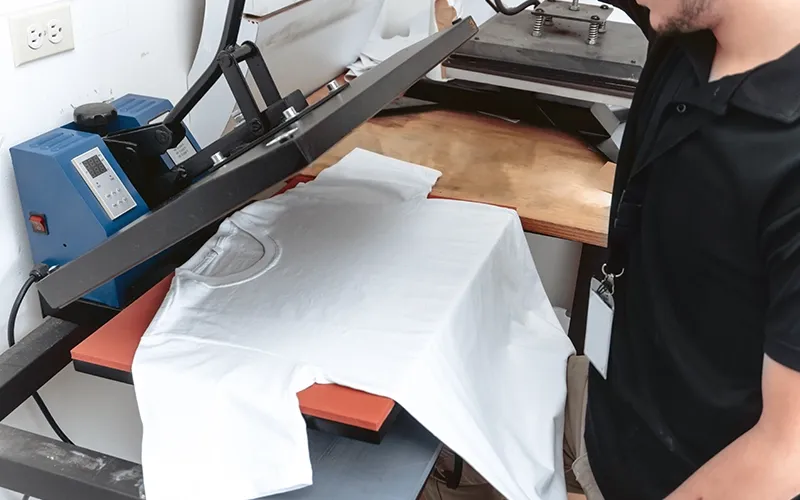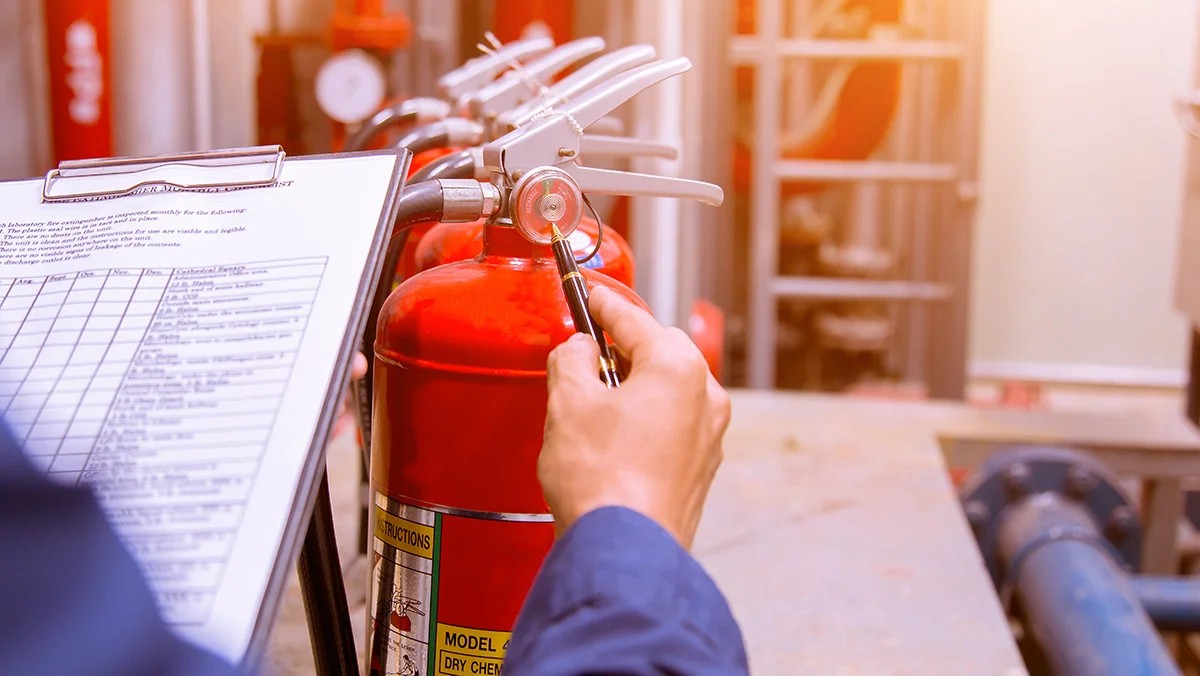Things you need To Know About Industrial Ethernet
Being a plant engineer or an electrician, you might have heard about industrial Ethernet or you must have already started using it. This is because industrial Ethernet has recently surpassed the traditional Fieldbus architecture to becoming the leading connection methodology which would help in analysing the data and would save time as well.
Industrial Ethernet provides you with reliability, performance, and interoperability as well. For both automation as well as a control system, this has infiltrated into the factory fall and is providing great benefit in making things easier. This is the communication protocol that is used nowadays.
And this is also essentially been set up as industrial Ethernet uses special industrial protocols to ensure that when communication is established. The correct information is sent and that they would be able to perform a specific operation. They have industrial protocols encapsulated within the Ethernet protocol to receive information and send too when and wherever needed.
Modbus TCP/IP:
This was the first industrial Ethernet protocol that was introduced and it is essentially a traditional Modbus communication that you would find compressed with another Ethernet transport layer protocol for the transferring of data between the various control devices of the particular factory or field.
The simple working operation of it is as a master-slave communication. This is where the “slave” would not send out data without getting a call from the “master” node.
EtherCAT:
This was introduced in the year 2003 and is another industrial Ethernet communication protocol. You would find real-time communication in a master/slave configuration for automation systems.
There is one key element with this and that would be that with networked slaves, they would extract only the relevant information from the data packs. Referred to as communication “on the fly”, this would be inserting data into the frame as it transmits downstream.
Ethernet/IP:
This was released in 2000, and this is an application-layer industrial Ethernet protocol. This is something that is entirely based on the Ethernet standards and uses the same standard data link, network, and transport layer. As it supports standard Ethernet, it would be able to support an unlimited number of nodes and therefore making it easy for several fields.
Industrial Ethernet is continuing to expand and develop the standards so that it would be able to support it. Industrial communication happens from the very base routing. And also, the control level along with the sensory level and therefore the major Ethernet protocols in the market have been mentioned above.




